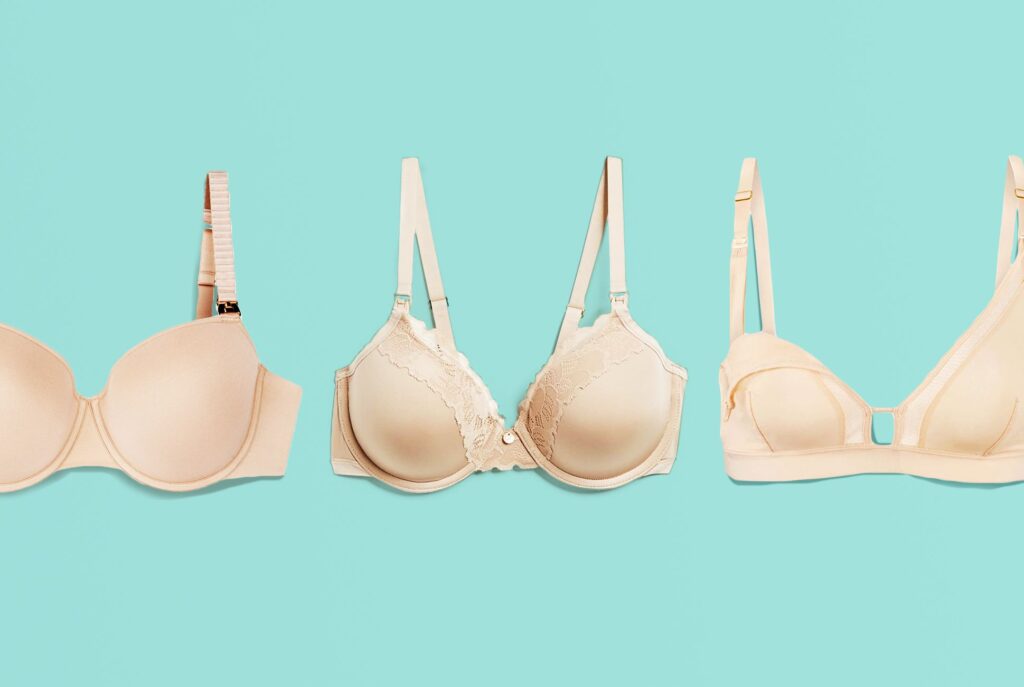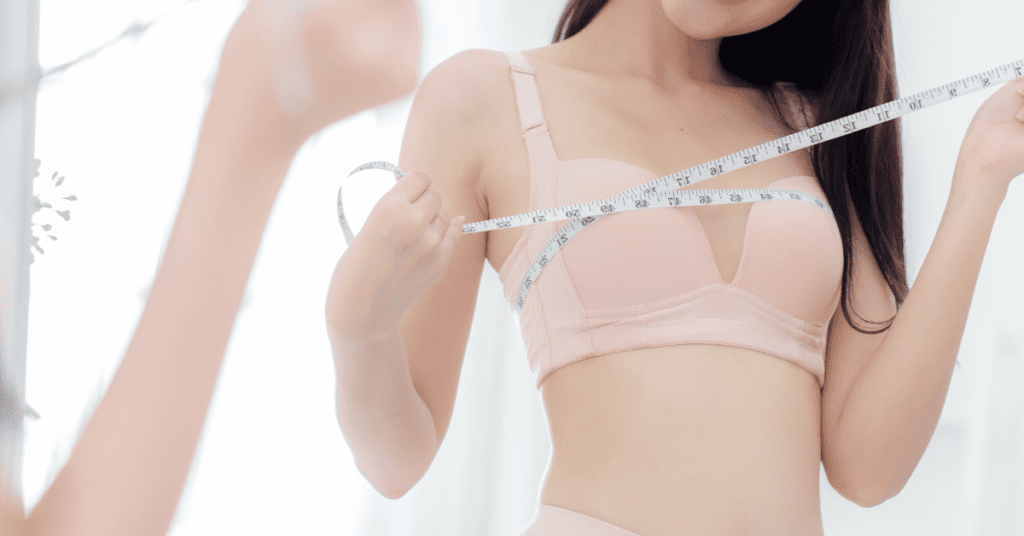
Everything You Need to Know About Maternity and Nursing Bras!
Pregnancy is a life-changing experience for a woman. It involves a number of lifestyle modifications, some of which may make you more conscious and anxious about everything you do. The changes you must make throughout pregnancy begin with the food you eat and progress to your sleeping habits and the clothes you wear. Innerwear, which is sometimes overlooked as a piece of clothing, requires a completely another style.
Now, there are regular bras, maternity bras, and nursing bras:
REGULAR BRAS: A typical bra is available in a variety of colors, styles, and levels of comfort. They’re made for breasts that aren’t as hefty or as sensitive as others. They’re made of a single layer of cloth with shoddy underwires and lace trimmings.
MATERNITY BRAS: A maternity bra is a modified variant of a standard bra that is designed to support the developing breasts. It boasts a comfortable cotton inside, extra fabric layers, bigger straps, and an adjustable band with extra hooks and eyes. Maternity bras do not have the same underwire cups as regular bras.
NURSING BRAS: A nursing bra incorporates additional features, such as panels or clasps that can be opened to reveal the nipples during breastfeeding. They have a thick bust and reinforced lower cup, as well as supportive straps, a double-layered back, a wider back band, more hooks and eyes, and good cup coverage.

PRO TIP: In the middle of the third trimester, you can convert to nursing bras, which serve the dual aim of providing your breasts ample room to expand while also making breastfeeding easier for you. Investing in nursing bras can help you save money during your pregnancy.
GUIDE TO BUY the RIGHT PREGNANCY BRA
- Select a bra that is neither too big nor too little.
- It should be constructed of a light, breathable fabric, such as cotton, rather than laced or synthetic textiles.
- It should include adjustable wide shoulder straps, support panels, and back fastenings to accommodate your expanding breasts throughout nursing and after delivery.
- There should be no bulges at the top, bottom, or sides of the cups, and the bra should be able to cover the entire breast.
- If the bra’s straps cut into your shoulder line and cause pain and discomfort while you’re nursing, the bra isn’t the proper fit for you. Even when you stretch your arms or upper body, the shoulder straps should stay in position without digging in.
- When you wear the appropriate bra, your nipples should point straight ahead and not lie down or point up.
- The rear bra hook strap should not be pointed towards your upper back; it should be in the proper place.
Measuring the Pregnancy Bras

Bra size is determined by two factors: band size (for example, 34, 36, or 38) and cup size (A, B, C, and more.).
- Measuring band size: Wear a typical bra that is comfortable and stand in front of a mirror. Straighten your back and shoulders. Wrap the tape over your chest, ensuring that the band is secure. Count the next even number if the measurement is an odd number.
- Measuring bust size: Wrap the tape over your breasts at the points loosely. Wrap the tape over your body loosely. To the nearest whole number, round up.
- Measuring the cup size: (Band Size- Bust Size= Cup Size)
For example:
Band size: 38”
Bust size: 41”
Cup size: 41”-38” = 3”, cup size C
Therefore, your bra size will be 38C





Leave a Reply